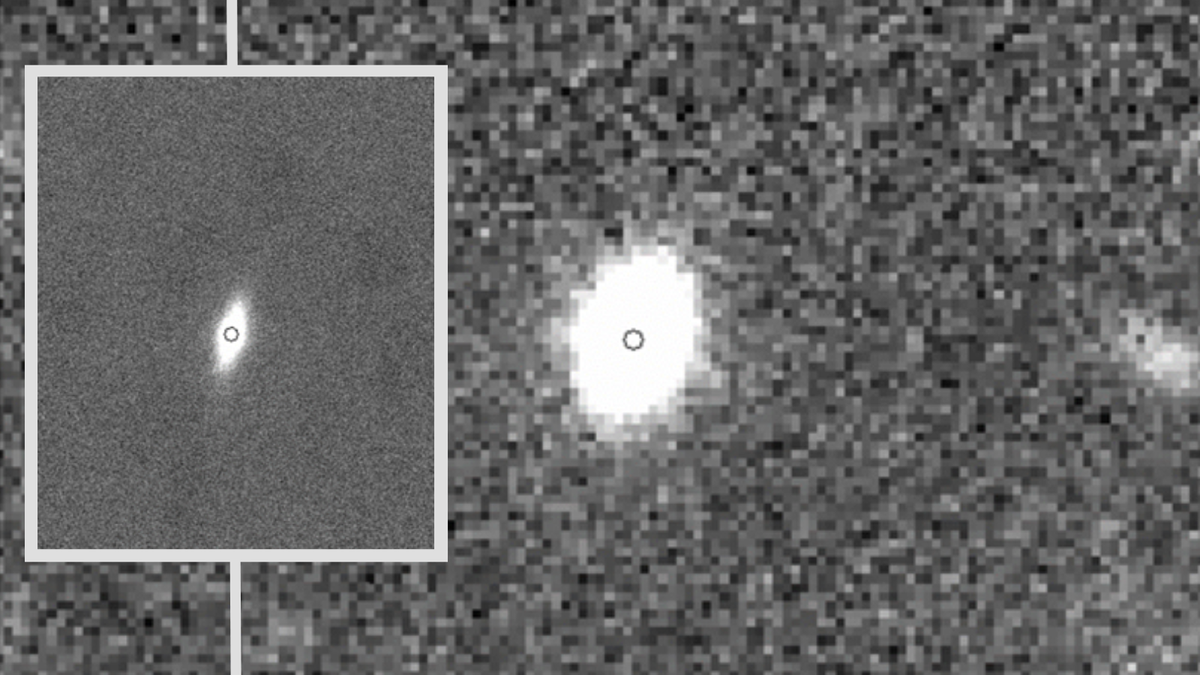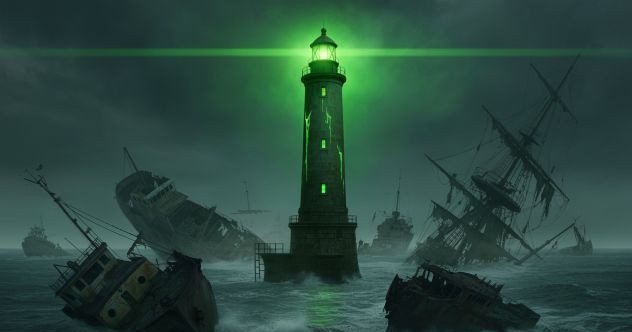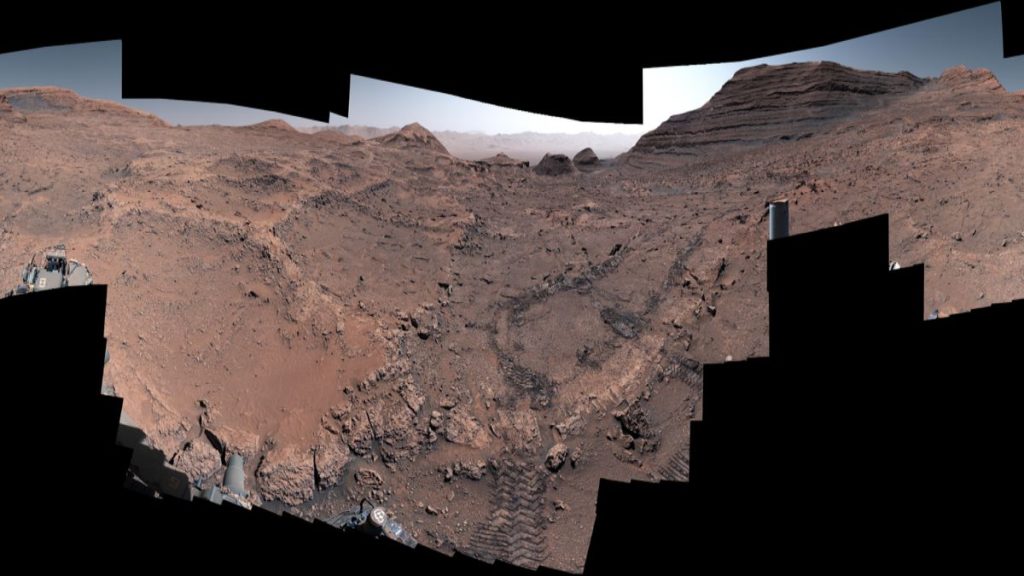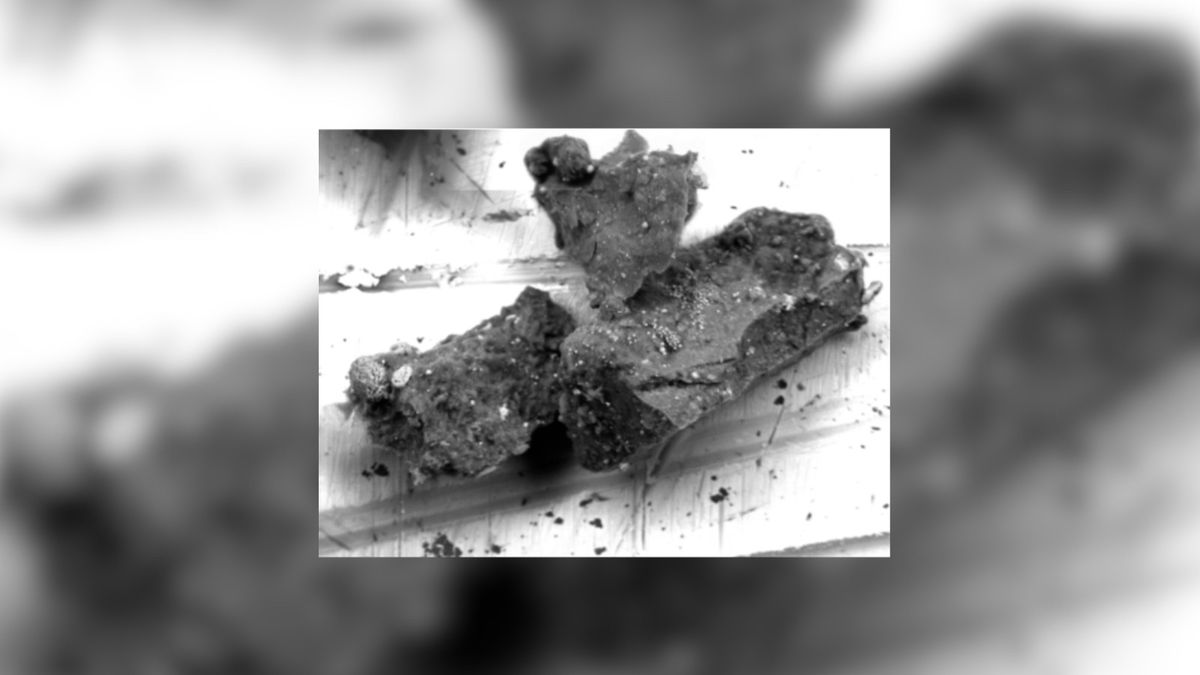Astronomers have discovered a distant galaxy that is a “cosmic fossil” which has remained “frozen in time” for billions of years.
Just as dinosaur fossils here on Earth are used to probe the evolution of life, this cosmic fossil in the form of the galaxy KiDS J0842+0059 could be used to understand cosmic evolution.
A cosmic fossil is a galaxy that has managed to remain unchanged by collisions and interactions with other galaxies. That means they can act as pristine time capsules to help astronomers study earlier galaxies.
Recent research conducted using data from the Large Binocular Telescope (LBT) has revealed that this galaxy has remained unchanged for around 7 billion years.
“We have discovered a galaxy that has been ‘perfectly preserved’ for billions of years, a true archaeological find that tells us how the first galaxies were born and helps us understand how the universe has evolved to this day,” team co-leader and National Institute for Astrophysics (INAF) researcher Crescenzo Dove said in a statement.
“Fossil galaxies are like the dinosaurs of the universe: studying them allows us to understand in which environmental conditions they formed and how the most massive galaxies we see today evolved.”
The KiDS are alright
KiDS J0842+0059, located 3 billion light-years away from Earth, was discovered in 2018 by the KiDS (Kilo Degree Survey).
Images of the galaxy provided by the Very Large Telescope Survey Telescope (VST) allowed astronomers to measure the size and mass of KiDS J0842+0059. These measurements were perfected by the Very Large Telescope (VLT) and its X-Shooter instrument.
This revealed that KiDS J0842+0059 has a stellar mass of around one hundred billion times that of the sun, but is more compact than similar mass galaxies. It was also discovered that KiDS J0842+0059 has lacked star formation for much of its life. All this hinted toward it being a fossil galaxy.
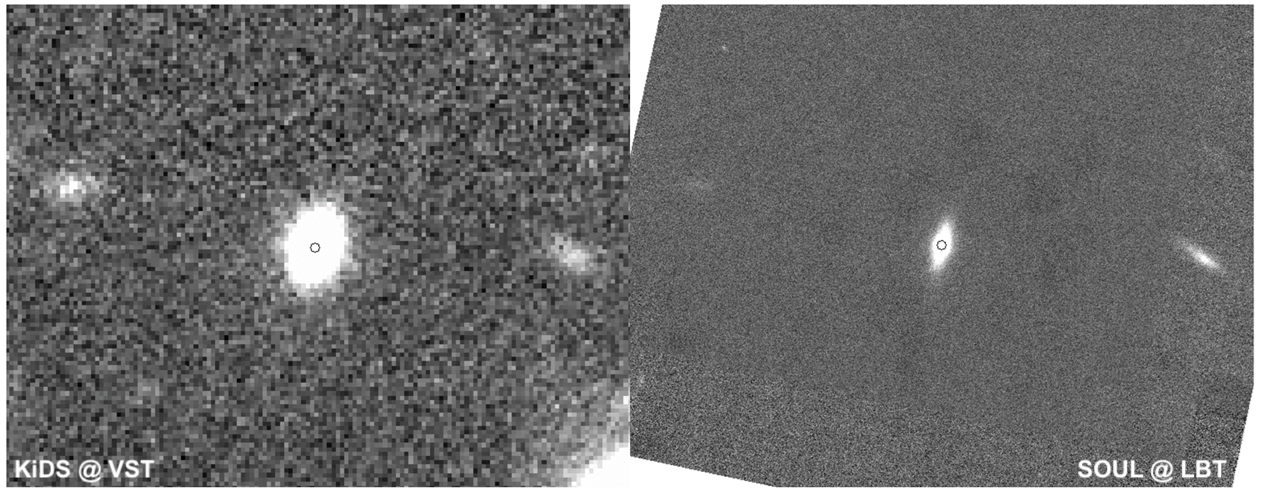
To remove uncertainties around the characteristics of KiDS J0842+0059, particularly its size and structure, this team set about using the adaptive optics system of the LBT to get sharper images of this relic galaxy. This resulted in images with ten times the detail of the KiDS provided images.
“Data from the LBT have allowed us to confirm that KiDS J0842+0059 is indeed compact and therefore a true galaxy relic with a shape similar to NGC 1277 and the compact galaxies we observe in the early stages of the universe,” team member Chiara Spiniello, a researcher at the University of Oxford, said. “This is the first time that we have been able to do this with such high-resolution data for a galaxy relic so far away.”
NGC 1277 is another example of a rare stunted galactic fossil, which is located in the Perseus Cluster around 240 million light-years away, meaning it is much closer to home than KiDS J0842+0059.
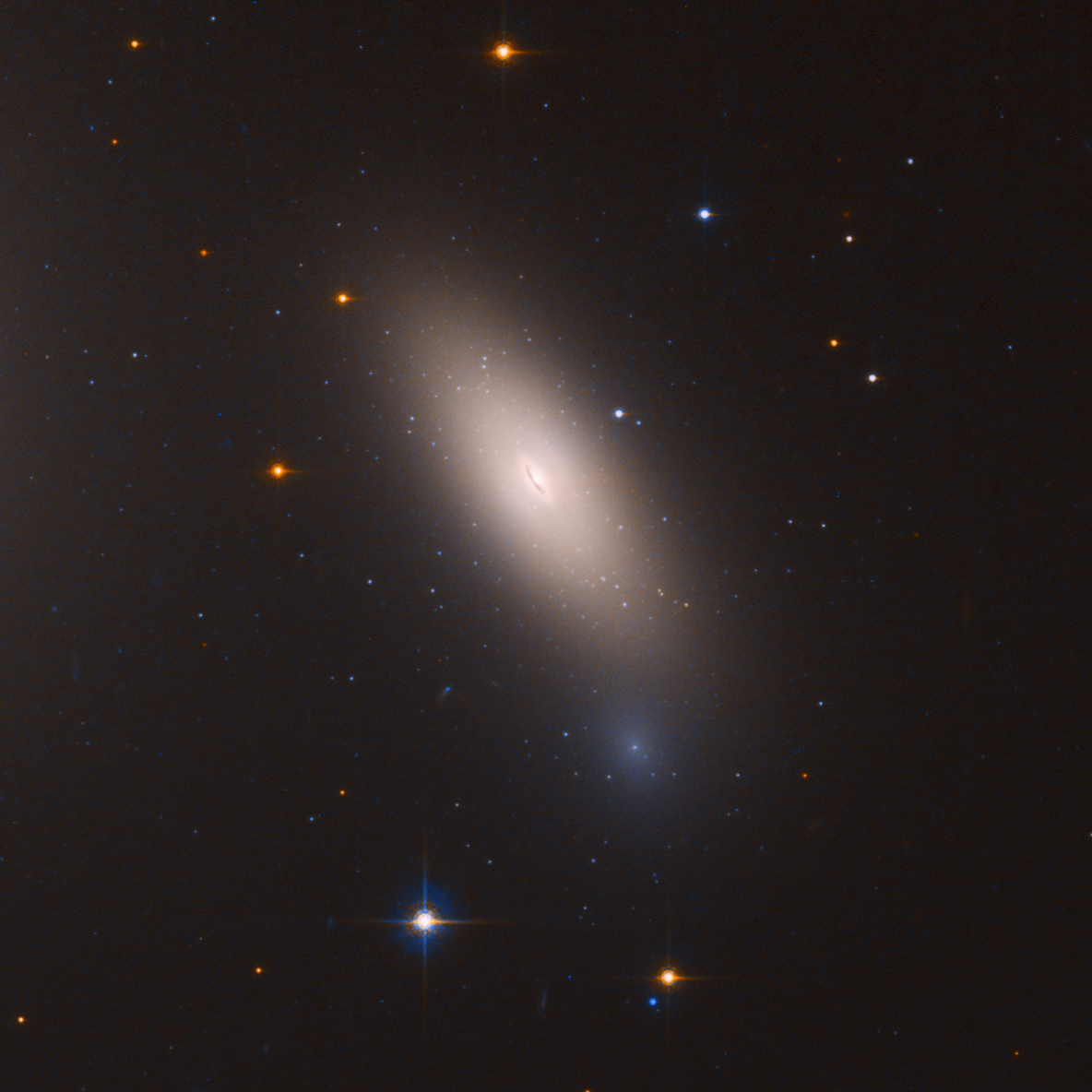
The fact that there are galaxies like NGC 1277 and KiDS J0842+0059 out there indicates some galaxies can form rapidly, stay compact and remain dormant for billions of years by dodging collisions with other galaxies.
“Studying these cosmic fossils helps us reconstruct the formation history of the nuclei of today’s massive galaxies, which — unlike relic galaxies — have undergone fusion processes, accreting matter right around those first compact galaxies from which they originated,” Tortora said. “With cutting-edge technologies such as adaptive optics and the support of telescopes such as the LBT, we can improve our understanding of this type of galaxy.
“In the near future, we will take a step forward, aiming to search for, confirm, and study new relic galaxies through the unique quality and high-resolution data of the Euclid space telescope.”
The team’s research was published in the Monthly Notices of the Royal Astronomical Society.


